By Siguna Mueller
Environmental Sciences Europe volume 36, Article number: 144 (2024)
Abstract
mRNA vaccines have played a massive role during the COVID-19 pandemic and are now being developed for numerous other human and animal applications. Nevertheless, their potential ramifications on the environment lack scrutiny and regulation. On 14 July 2020, the EU decided to temporarily exclude the clinical trials with COVID-19 vaccines from prior environmental risk assessment. Even though billions of doses have been administered and large-scale agricultural and wildlife RNA applications are fast-tracked, there is no knowledge of their environmental impact via the dispersion of vaccine-derived material or their wastage. This knowledge gap is targeted here via a critical assessment of (1) the pharmacokinetic properties of these products; (2) their impact on the human microbiota; (3) novel risk factors exemplified by the human gut bacterium Escherichia coli resulting in pathogen evolution in the guts of wild animals, (4) findings on mRNA-LNP platforms that implicate extracellular vesicles (EVs) as superior carriers, and (5) potentials of exogenous regulatory RNAs. This analysis results in the first extrapolation of (a) the magnitude and likelihood of environmental risk as characterized by the FDA in 2015 for products that facilitate their action by transcription and/or translation of transferred genetic material or related processes, and (b) additional risks facilitated by the horizontal transfer of exogenous short RNAs. The arguments provided here establish the rationale for vaccine-derived bioactive material dispersed by EVs, impacted microbiota, and other exposed organisms to foster pathogen evolution, cross-species transfer of biological function, and driving widespread ecosystem disturbances. Evidence is emerging that vaccine-derived molecules, when ingested, could survive digestion and mediate gene expression regulation, host–parasite defense, immunity, and other responses in the consuming animals. Highlighting further unresolved questions, the comprehensive assessment provided here calls for open dialogue and more in-depth studies to get a clear picture in the EU and globally to most effectively gauge the environmental impact of existing and emerging human, livestock, and wildlife mRNA technologies or their potential as biological weapons or for other forms of misuse. Regulatory measures are urgently needed to mitigate potentially large-scale damage to public and ecosystem health as well as adverse societal, economic, and legal implications.
